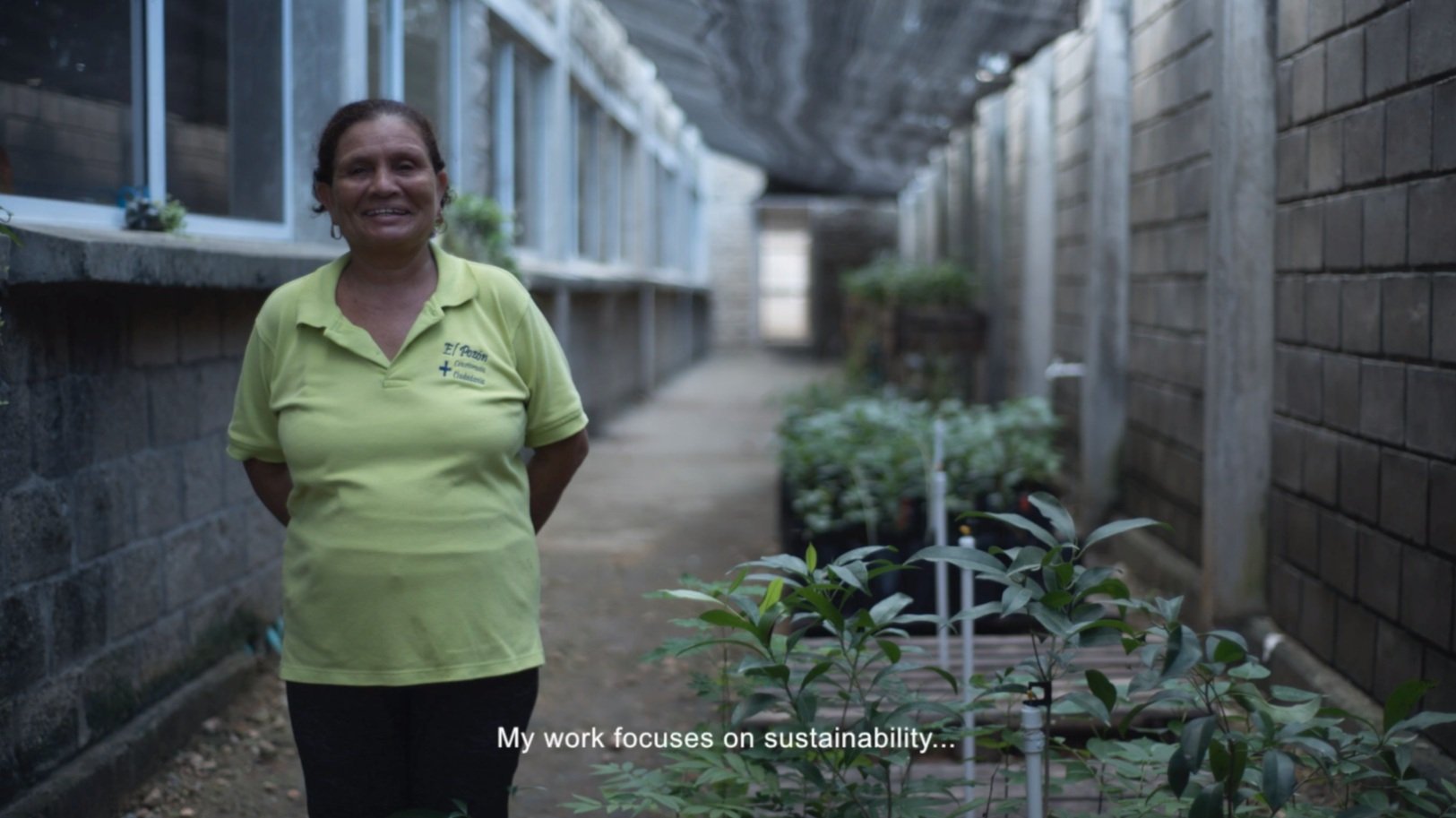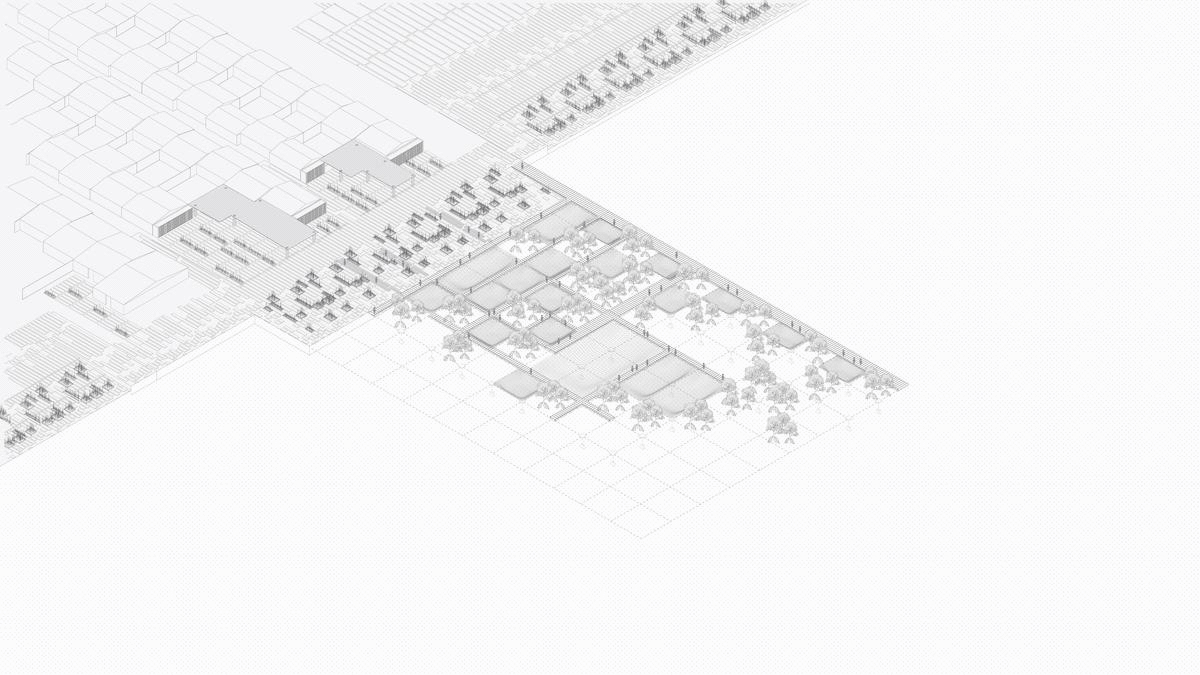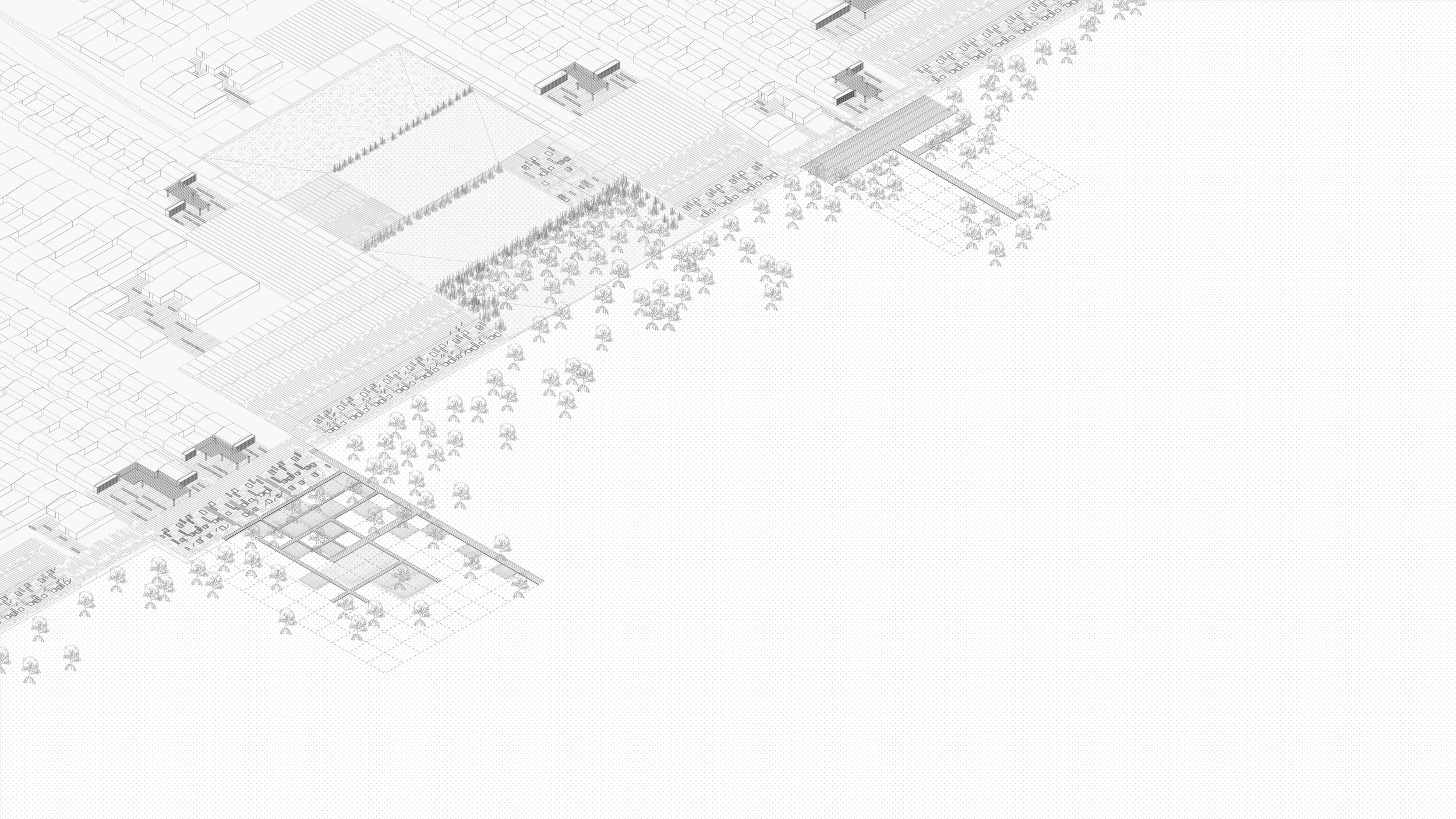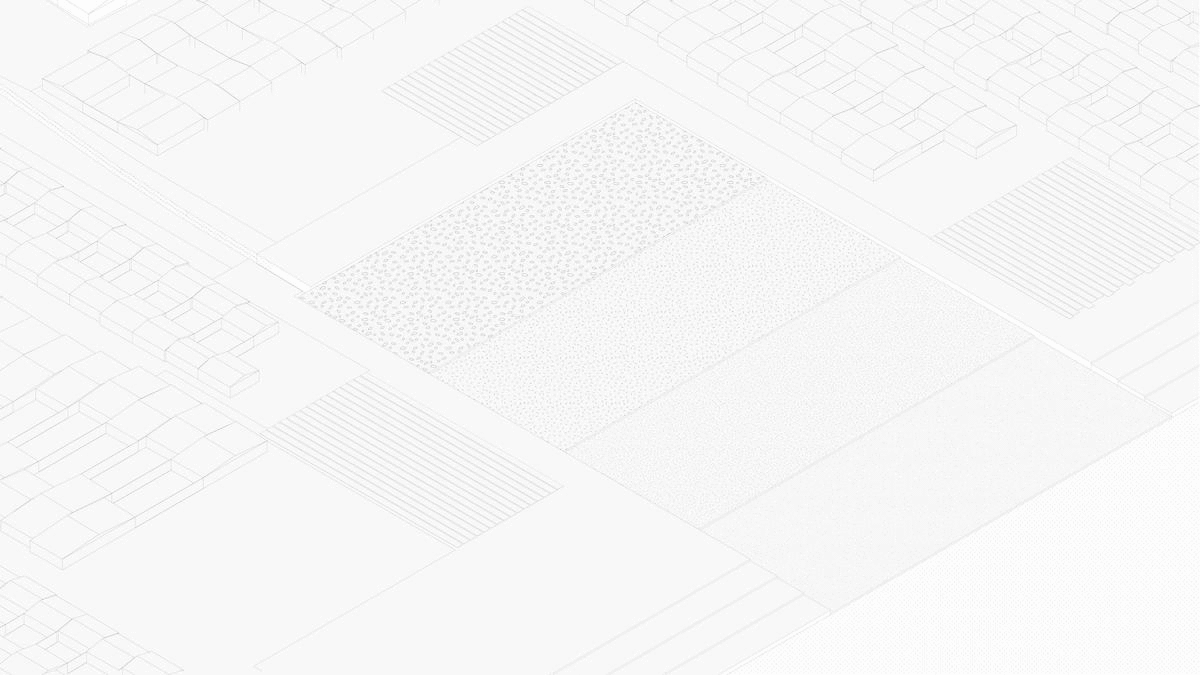














Transforming a Border of Displacement Into a Space of Belonging
Spaces of Arrival reimagines Cartagena’s Virgen Swamp as a fluid, shared threshold rather than a contested boundary. The project examines the tensions between informal settlement, ecological dynamics, and municipal interventions, and proposes a multi-scalar, incremental framework that supports community livelihoods while restoring ecological resilience.
Advisors: Cristina Parreño and Roi Salgueiro
Reader: Marie Law Adams

Spaces of Arrival explores the shifting relationship between people and water along the edge of Cartagena’s Virgen Swamp—a place where informal settlement, ecological flows, and city-led interventions collide. Over time, urban occupation has pushed into the swamp’s territory, triggering floods, erosion, and contamination, while also becoming a site of arrival and displacement for new residents.
Instead of treating the swamp as an area for unchecked development or strict barriers, the project reframes it as a gradient space—dynamic, porous, and shared. Through a systems-based analysis across scales and time horizons, it proposes an integrated development framework for the 4km southern edge of the swamp. This framework introduces a network of public spaces and community infrastructures that strengthen social ties, support livelihoods, and allow ecological processes to recover. The result is a vision for a more adaptive, humane, and resilient border between water and city.